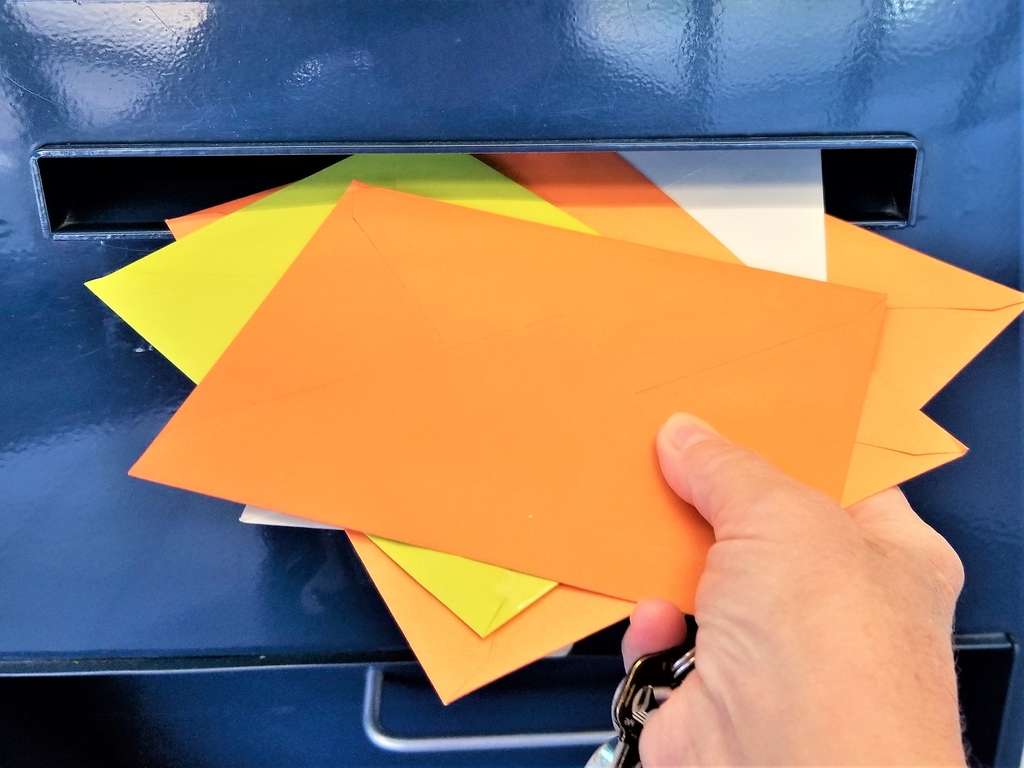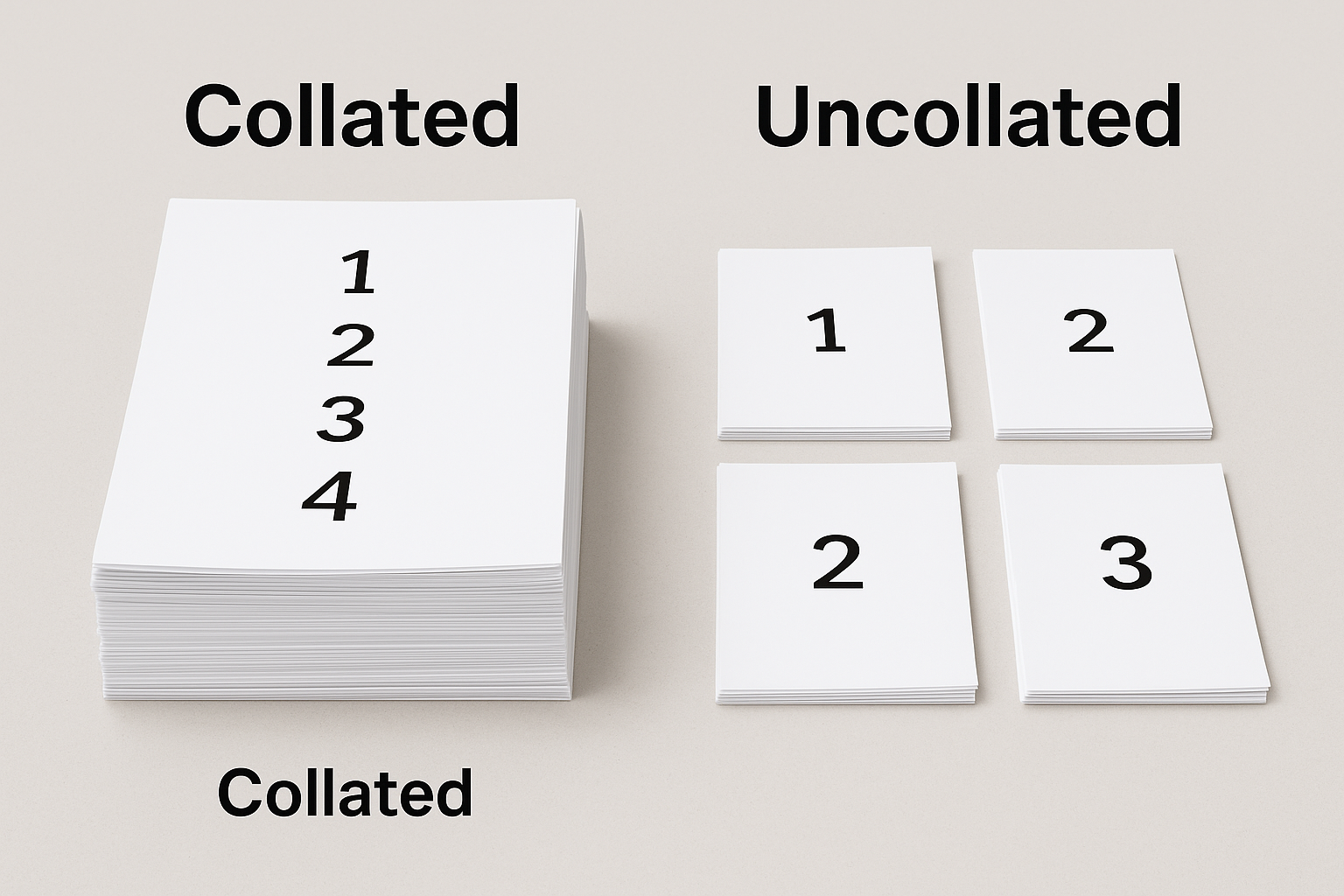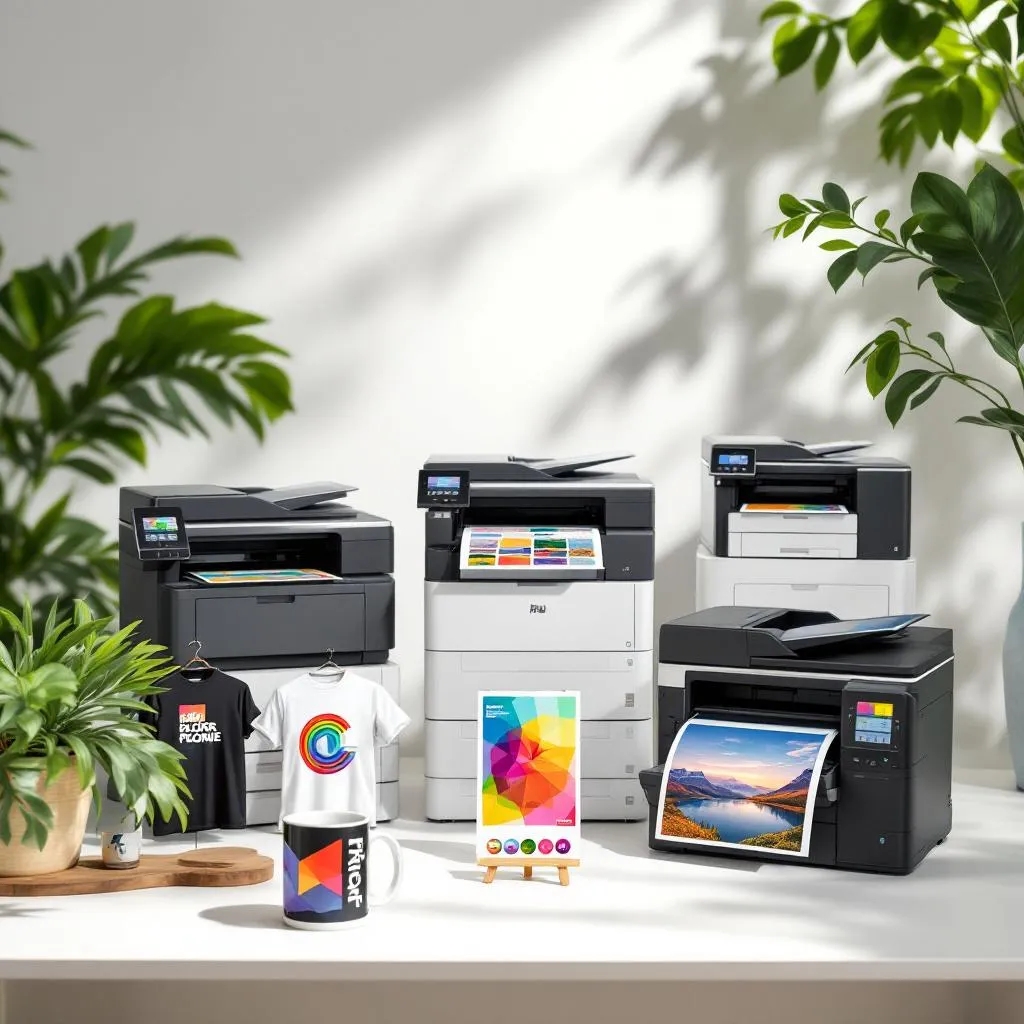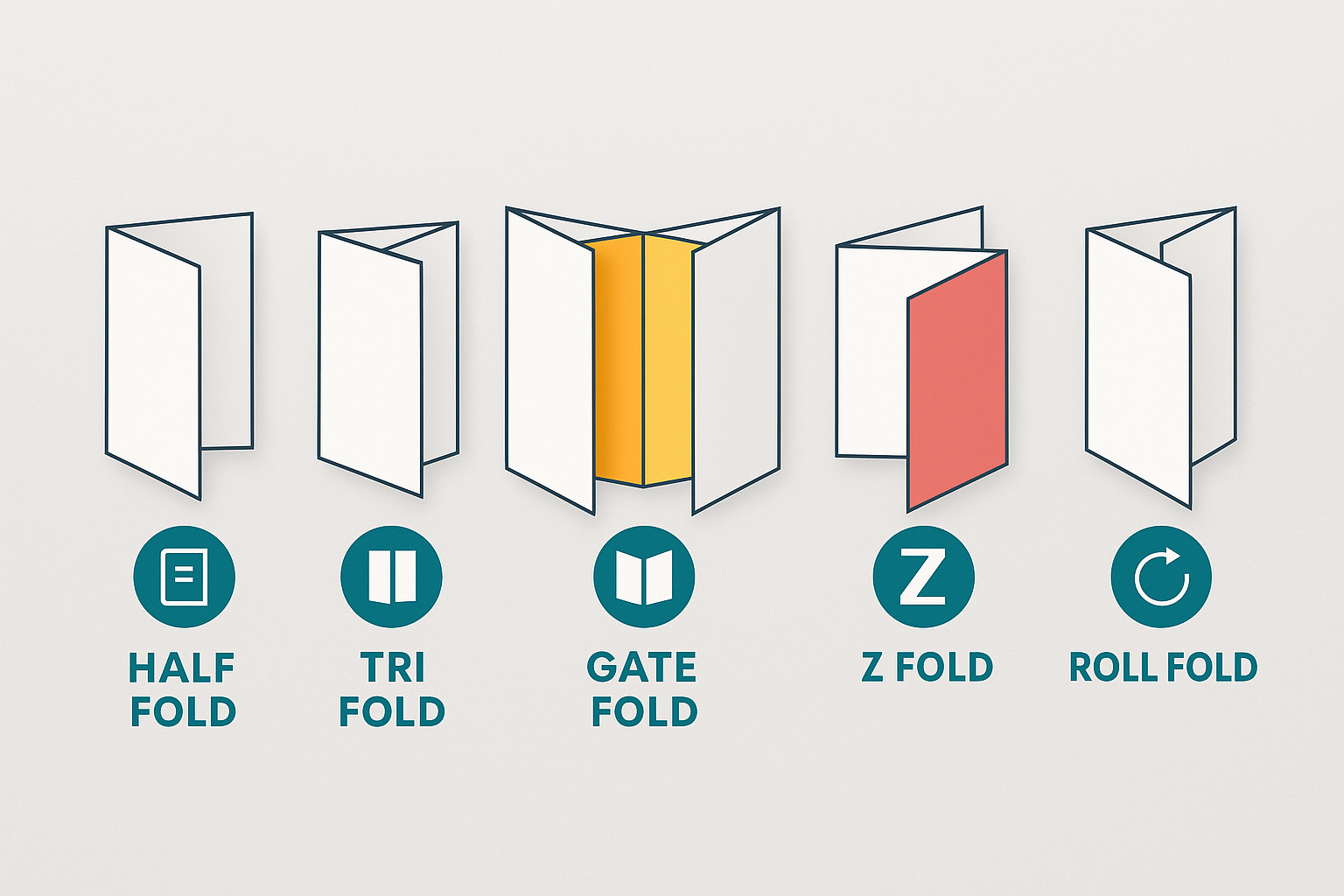Defining Cardstock: A Deep Dive into Its Uses and Benefits
What Is Cardstock?
Cardstock is a heavyweight paper that ranges significantly in weight and thickness. The material is popular due to its rigidity and durability which surpass standard paper, making it ideal for a range of more substantial applications. It’s also characterized by its versatility in surface texture—from smooth to heavily textured options—and its finish which can be matte, glossy, or even metallic. The choice of cardstock can greatly influence the tactile experience of the final product, which is crucial in design and presentation scenarios.
Types of Cardstock
- Matte Cardstock: Offers a non-reflective finish and is excellent for items that require frequent handling as it resists fingerprints and smudges. It’s the best choice for written correspondence and everyday office printing.
- Glossy Cardstock: This type has a shiny surface that makes colors pop and images appear sharper. It is preferable for photo prints and vibrant displays but is more susceptible to fingerprints.
- Textured Cardstock: Includes options like linen and canvas textures, providing a distinctive feel which enhances the aesthetic value of wedding invitations or greeting cards.
- Metallic Cardstock: Contains metal flakes or a pearlescent finish that gives a shimmer effect. It’s perfect for festive occasions and luxury branding materials.
Choosing the Right Cardstock Thickness
The thickness of cardstock is not just about aesthetics but functionality. Thicker cardstock provides a sturdier base, reducing the likelihood of bending and tearing, ideal for postcards and business cards that endure lots of handling. However, for projects like booklets or multi-page menus, slightly thinner cardstock might be more appropriate as it allows for easier folding and binding. Always consider the end-use of the cardstock to select the best thickness.
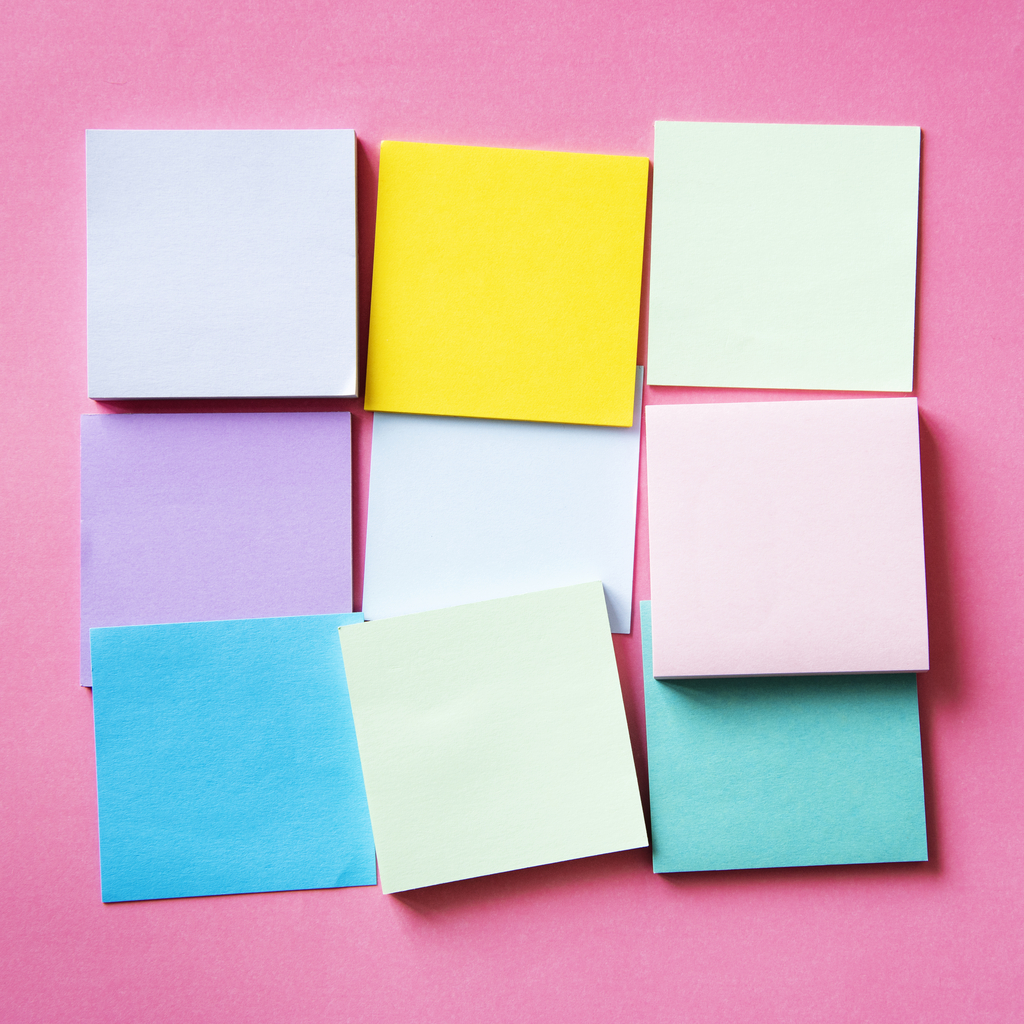
Cardstock Uses in Different Projects
- Artistic Applications: Cardstock is a favorite among artists for creating collages, paper sculptures, and origami.
- Educational Tools: Teachers often use cardstock for creating durable classroom resources like flashcards and signs.
- Event Decorations: From party banners to custom table placemats, cardstock can enhance any event setup with its sturdy nature.
Printing on Cardstock: Tips and Tricks
When printing on cardstock, it’s essential to adjust your printer settings for the paper’s weight and thickness. Always test print on a sheet of cardstock to ensure the print quality meets your expectations before running multiple copies. For digital and offset printing, different considerations might apply, such as ink saturation and drying times, which can vary based on the paper’s surface and finish.
Maintaining Quality and Durability
Proper storage of cardboard is critical to maintaining its condition. Avoid places with extreme temperature fluctuations and high humidity, as this can lead to warping or other damage. If the cardstock will be used for archival purposes, choose acid-free options that do not degrade over time. We hope that the information from Triboro Printing will help you

